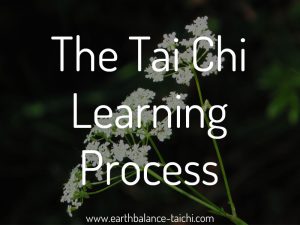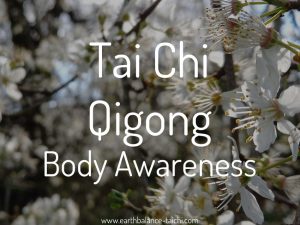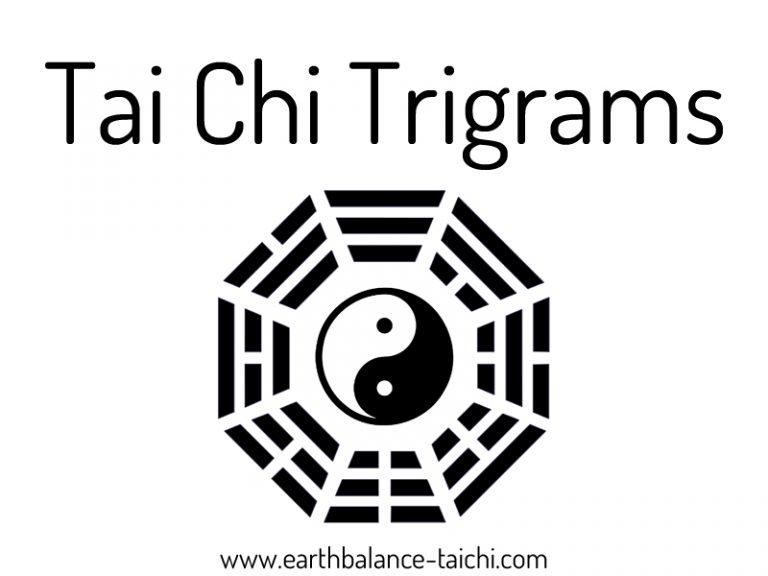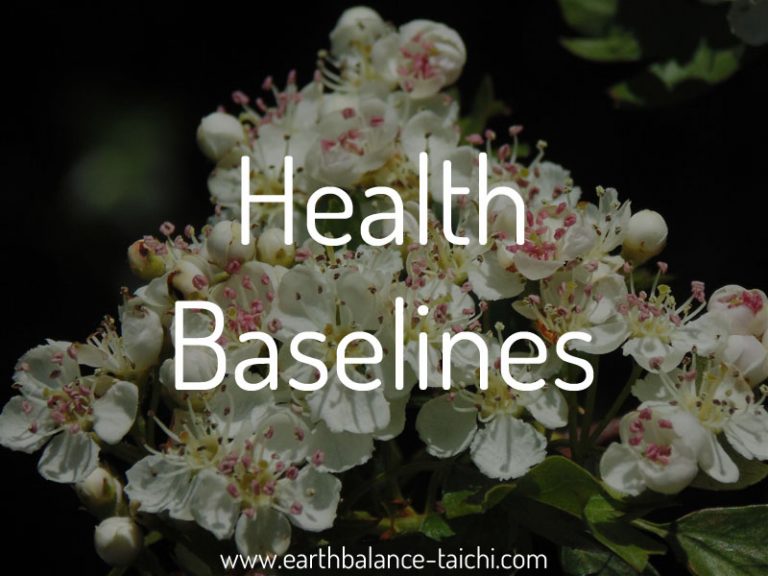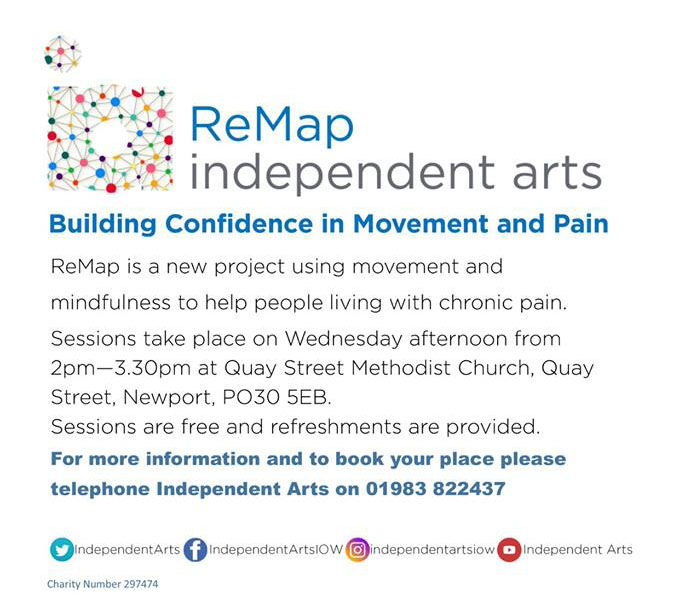Stages of Awareness
Byadmin
Stages of Awareness
When starting out as a beginner Chen Tai Chi student, as you learn the movements and copy the instructor you begin to develop different levels of awareness. This article "stages of awareness" looks at common progression to expect when learning Tai Chi. The duration of time spent in one stage is down to the individual. These levels are not to be forced or prescribed as you train, rather let your body and mind uncover them naturally.
No Awareness
- No body awareness or body sensitivity.
- Disconnection between the limbs and torso.
- Postures and choreography likely to be exaggerated with locked limbs, large movements and stiffness.
- Unable to feel/know where the body is in space without using vision to check.
- Likelihood of rushing through the form.
- Left brain learning.
- May feel overwhelmed at inability to copy.
- To improve, the way forward is practice.
Awareness after moving - unable to correct
- Having some body awareness or body sensitivity.
- Feeling something is not quite right after performing a movement.
- Unable to correct without input from the instructor.
- Will typically jump out of the form and say "I've lost it".
- Likelihood of frustration over memory and feeling disconnected.
- To improve, the way forward is practice.
Awareness after moving - able to correct
- Having some body awareness or body sensitivity.
- Feeling something is not quite right after performing a movement.
- Able to correct without input from the instructor.
- Will typically stay in the form when it does not feel right, taking time to pause and feel into the posture.
- Likely to close eyes and move softly to visually and feelingly recall the movement.
- Before gently returning to the beginning of that movement and performing correctly.
- To improve, the way forward is practice.
Awareness before moving
- Having body awareness and body sensitivity.
- Knowing how to perform with awareness of each movement.
- Being able to notice what needs adjusting as you move without judgement.
- Likelihood of slowing the form down to explore every part with intention.
- Connection between the limbs and torso.
- Postures and choreography has a rebounding and smooth quality.
- Able to feel/know where the body is in space without using vision to check.
- Right brain learning.
- Relaxed state.
- To maintain, the way forward is practice.

